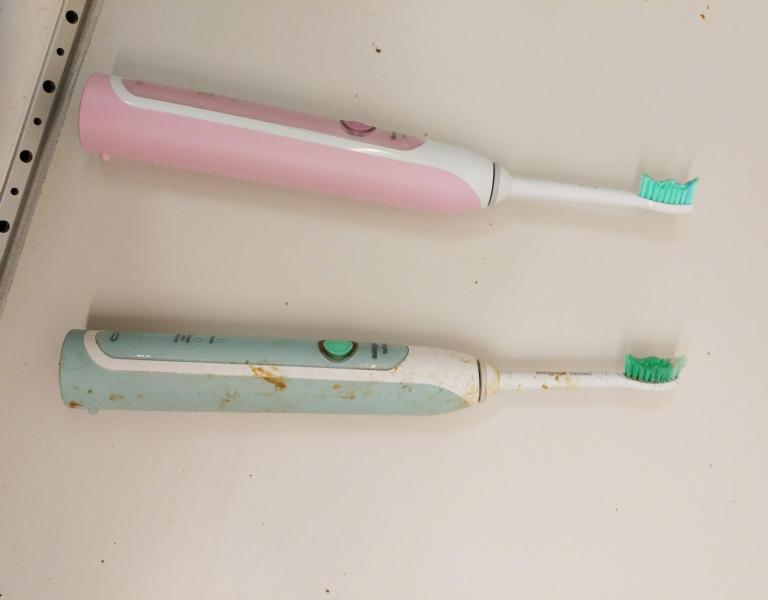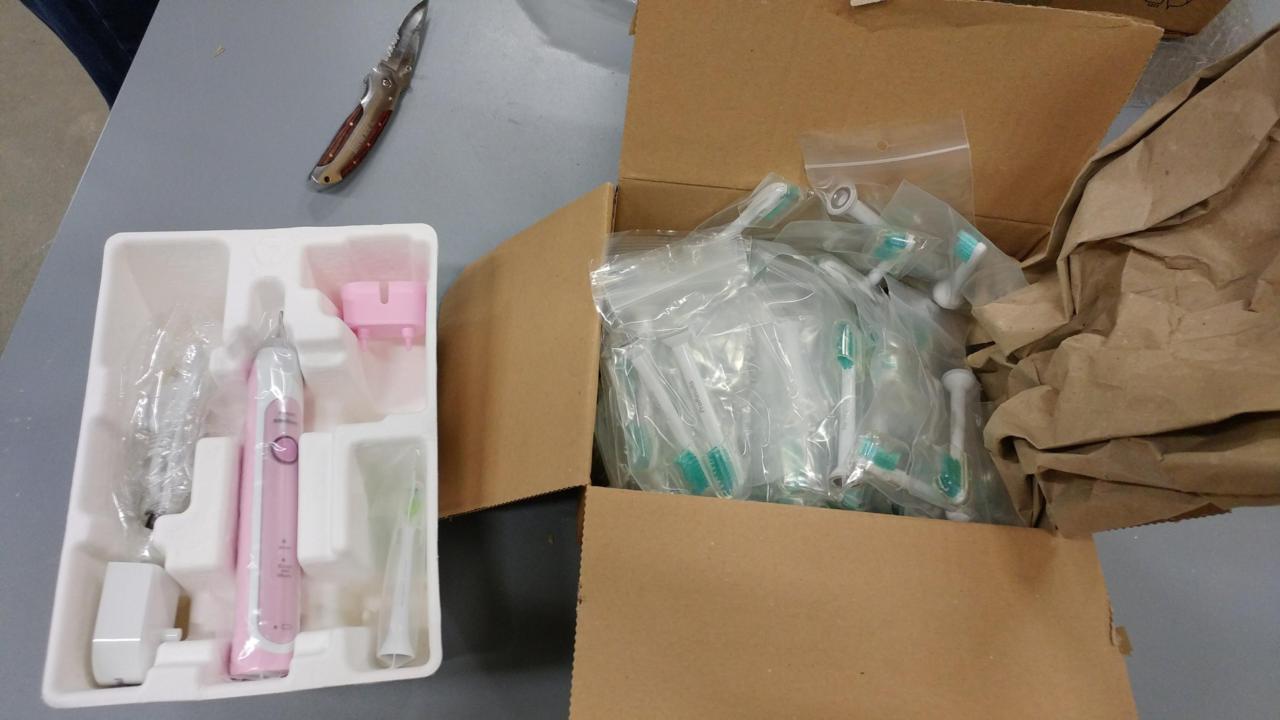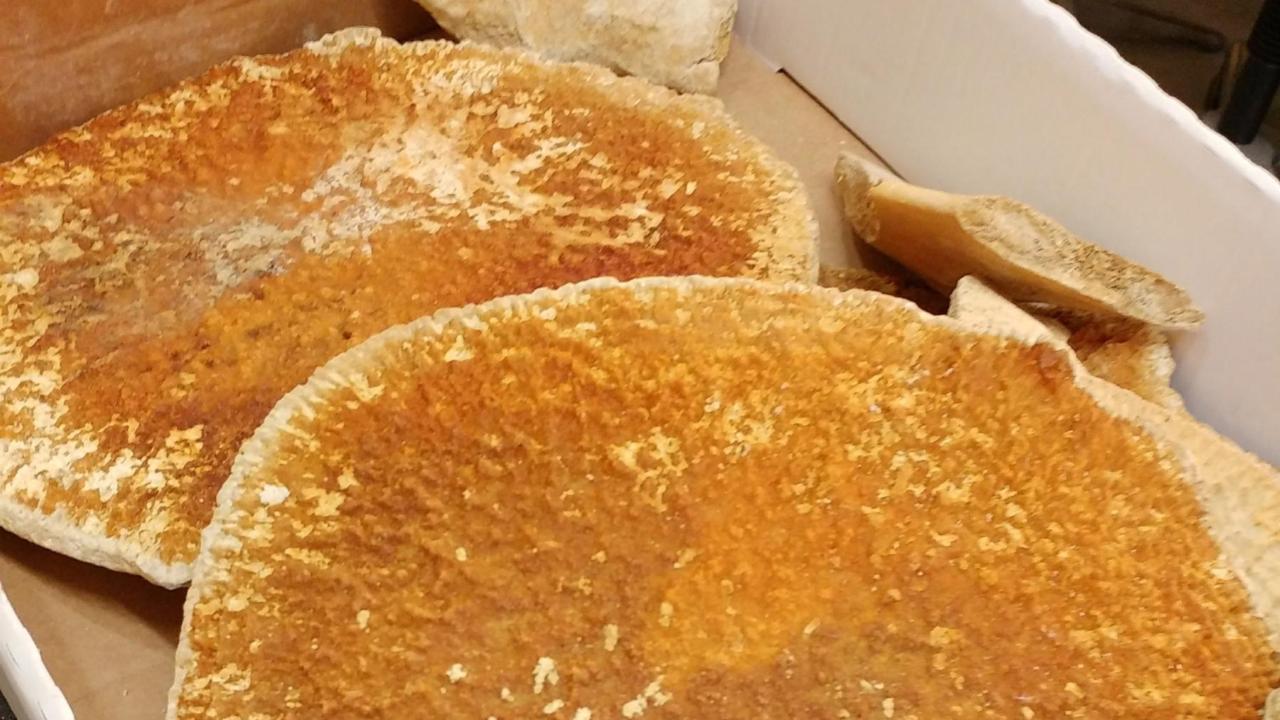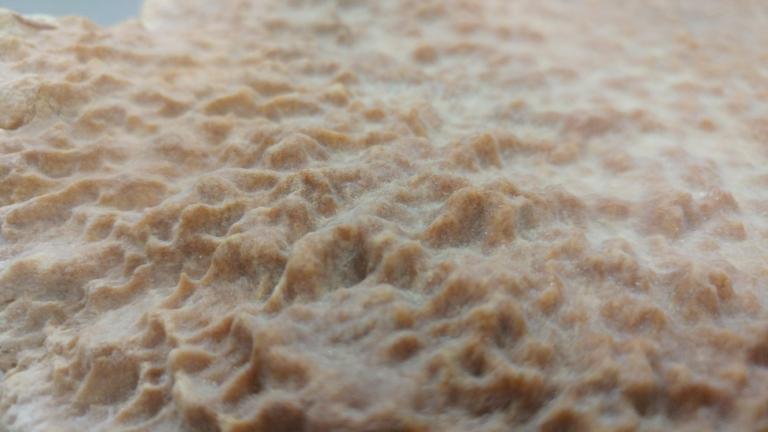
The first thing that happens when you start any new project at a museum is the literature search. How have other museums dealt with the issues that you are about to be surrounded by? After doing all this research and figuring out what would be the best technique for Naturalis, we decided to go with a hybrid of two different museum processes: the usage of ammonia and deionized water and a toothbrush. I wrote more about it over here.
We soon realized, that for this enormous project, we were going to need quite a bit of toothbrushes. The state of the brushes didn't matter. So a call was put out over our intranet asking staff members to bring in “retired” toothbrushes. And they came in by the truckload! It turns out that museum staff -many of whose jobs involve the long term collection and preservation of collections- don’t throw things away at home either. The result: we were inundated with toothbrushes.
And so the project started. Everything was fine until we realized the repercussions of cleaning bones with a manual toothbrush for hours: it was inefficient, not to mention very hard on our wrists. There had to be a better way. We purchased an electrical Philips Sonicare. The results and our wrist health improved immediately! Bones cleaned thoroughly with less mess and less effort on our parts. We were so pleased.
The present from Philips:
enough toothbrushes for a year!

At home, you are supposed to replace your toothbrush head every 3 months. But we discovered that actually, when you use a toothbrush head on whalebones for hours every day, they tend to get used up quickly, really quickly. Therefore, we needed more heads. Lots of toothbrush heads, which would fit on a sonicare. We reached out to Philips. And, happily, Philips kindly agreed to give us some! Fifty, in fact, which should carry us through the whole project. They sent us a second toothbrush too, so we can work on larger projects more easily.


We are super excited to go forward with this work with help from Philips! Hopefully by the end we will have lots of clean bones with no damage to our wrists. Also, we can still use the toothbrushes donated by our coworkers: they come in handy to brush off dry particles of adipocere, dirt, and dust.
Now we can begin on the next 300 skeletons…